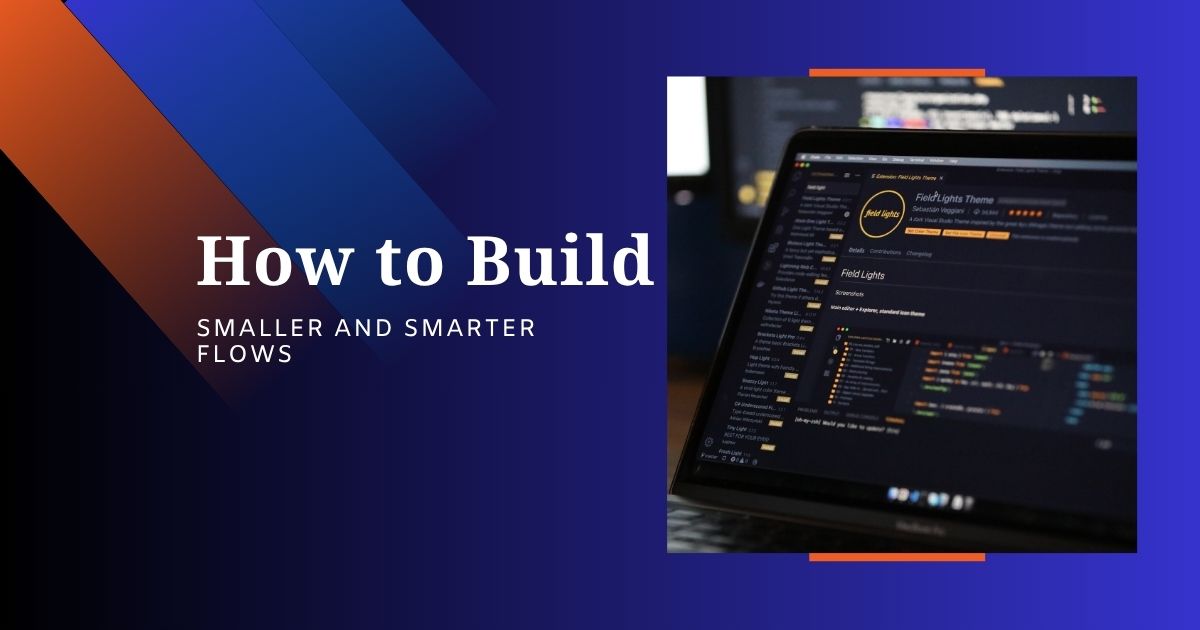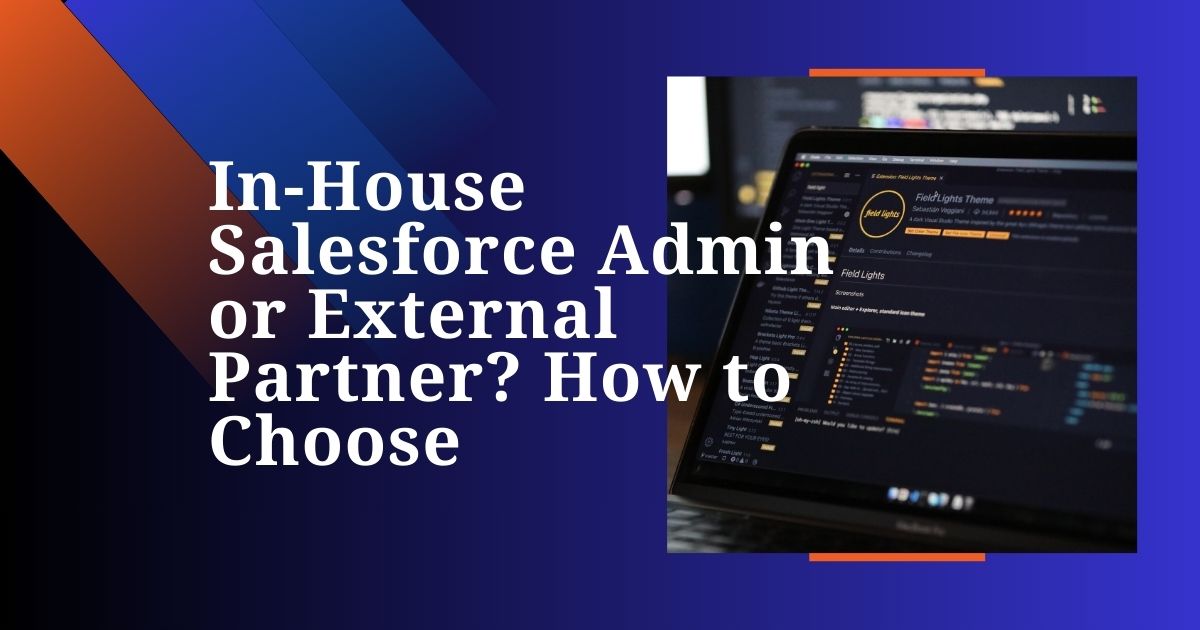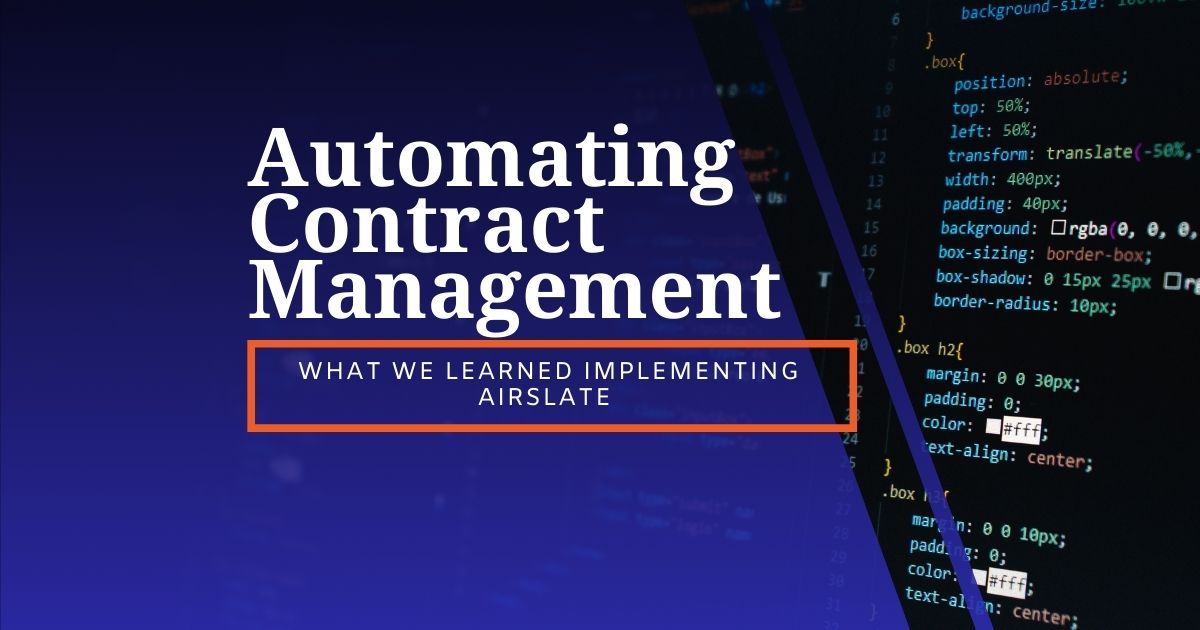How to Build Smaller, Smarter Flows – Using the Before You Build Checklist

Get Expert Salesforce, Traction Rec and Litify Support
If you've ever opened a Flow and thought, "This is way too big where do I even start?" you're not alone. Many admins rush into building giant Flows that try to handle every possible scenario. The result? An automation that's hard to maintain, hard to read, and risky to change.
The key isn't doing less automation, it's building smaller, modular, and reusable Flows.
Here are 10 essential questions from our "Before You Build" checklist that will transform how you approach Flow development.
1. What problem is this trying to solve?
Before writing a single Flow element, get crystal clear on the actual business problem. Not the requested solution, but the underlying issue.
Why this matters: Many automation requests are actually solutions in disguise. Understanding the root problem helps you build the right thing, not just the requested thing.
2. What's the desired outcome?
Define success in specific, measurable terms. What should be different after your Flow runs?
Why this matters: Clear outcomes prevent scope creep and keep your Flow focused on one specific goal. Vague outcomes lead to bloated automations that try to do everything.
3. What objects, fields, or records are involved?
Map out your data model before you start building. Which objects will the Flow touch? What fields are required?
Why this matters: Understanding your data structure upfront prevents you from building Flows that won't work with your actual data or require major rework later.
4. What exactly should trigger the automation?
Be specific about trigger conditions. "When a record changes" is too vague. "When Status changes to Closed Won" is actionable.
Why this matters: Vague triggers create unreliable automation and performance issues. Specific triggers make debugging easier and Flows more predictable.
5. Who will use this, and does it apply to all records?
Understand your audience. Does this apply to all users or specific profiles? All records or just certain types?
Why this matters: Understanding your audience helps you design the right user experience and avoid creating noise for irrelevant users.
6. Should this be a Flow, Report, Validation Rule, or something else?
Flow isn't always the answer. Sometimes a report, validation rule, or process might be simpler and more effective.
Why this matters: The best automation is sometimes no automation. Consider all available tools before defaulting to Flow.
7. Could we start with a simple/manual version first?
Consider building a manual process or simple report before jumping into full automation.
Why this matters: Starting simple helps you validate the business need before investing in complex automation. It's easier to automate a manual process that works than to start from scratch.
8. Are there existing automations that could conflict?
Audit existing Flows, Process Builder, and Workflow Rules that might interact with your new automation.
Why this matters: Conflicting automations create user confusion, data quality issues, and hard-to-debug problems.
9. How will this be maintained in 3–6 months?
Plan for maintenance from the start. Document your logic and use flexible design patterns.
Why this matters: Today's quick fix becomes tomorrow's maintenance nightmare without proper planning. Build for the admin who will inherit your work.
10. Did we repeat the requirement and get confirmation?
Always confirm your understanding with stakeholders before you start building.
Why this matters: Confirming requirements prevents building the wrong thing beautifully. Assumptions kill projects.
The Transformation
This checklist transforms your approach from "How can I build this?" to "Should I build this, and if so, what's the simplest way?"
The result? Smaller, focused Flows that do one thing well, clear requirements that prevent scope creep, reusable patterns that scale across your org, and maintainable automation that others can understand and modify.
Final Thought
Great automation isn't about building the most complex Flow possible. It's about solving business problems with the simplest, most maintainable solution.
Use this checklist before your next Flow project. Your future self (and your colleagues) will thank you.
Want the complete 20-question checklist? Email marketing@echots.com to request our downloadable PDF with the full "Before You Build" checklist, including detailed explanations and examples for each question.
Not sure where to start with your Flow strategy? We can help you assess your current automations and build a roadmap for cleaner, more maintainable solutions.
Transform What’s Possible With
Salesforce
Traction Rec
Litify
Salesforce
Unlock the full potential of your platforms and make the impossible a reality with ECHO Technology Solutions.








